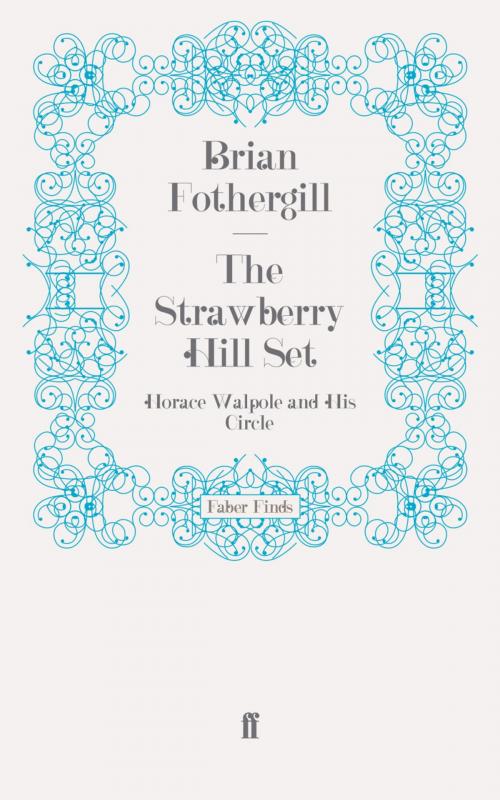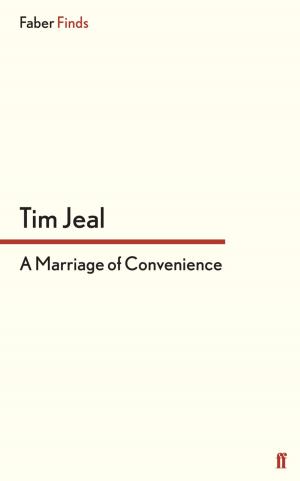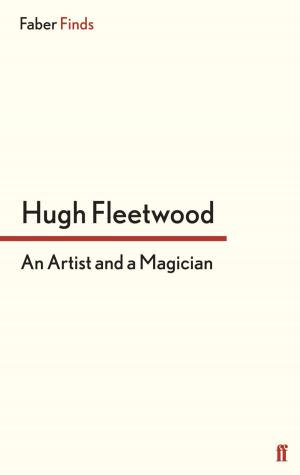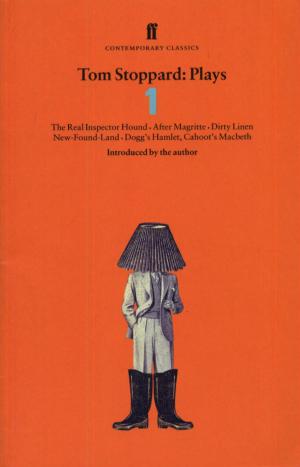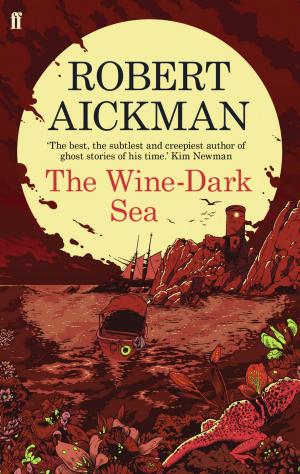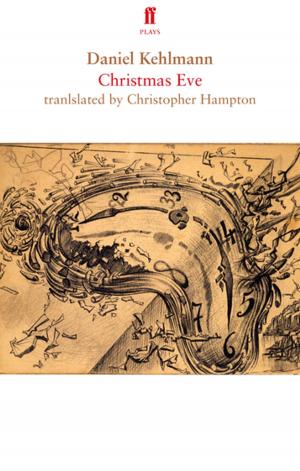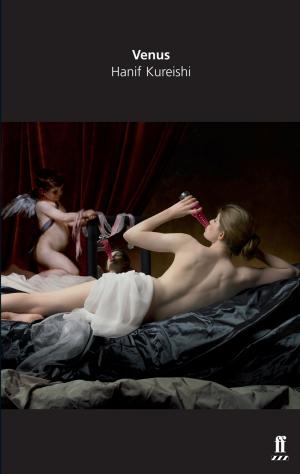The Strawberry Hill Set
Horace Walpole and His Circle
Biography & Memoir, Entertainment & Performing Arts| Author: | Brian Fothergill | ISBN: | 9780571306237 |
| Publisher: | Faber & Faber | Publication: | December 19, 2013 |
| Imprint: | Faber & Faber | Language: | English |
| Author: | Brian Fothergill |
| ISBN: | 9780571306237 |
| Publisher: | Faber & Faber |
| Publication: | December 19, 2013 |
| Imprint: | Faber & Faber |
| Language: | English |
To Horace Walpole's house at Strawberry Hill, in Twickenham, came a remarkable assortment of poets and writers, artists and antiquaries, politicians and society figures. Among them were Thomas Gray, whose great 'Elegy' might never have been published without Walpole's encouragement; that 'laughter-loving dame' Kitty Clive, the greatest comic actress of her day; Lady Suffolk who entertained Walpole with stories of the days when she was George II's mistress; the epicene John Chute, whose architectural knowledge and enthusiasm helped to inspire Strawberry Hill; the gentle Berry sisters, who comforted Walpole's old age; George Selwyn, celebrated for his wit, languor, and necrophilia. 'If Mr Selwyn calls', said Mr Fox on his death-bed, 'show him up. If I'm still alive I'll be glad to see him and if I'm dead he'll be glad to see me.'
The most fascinating member of this circle was Horace Walpole himself. Son of Sir Robert, Member of Parliament for many years, author of the first Gothic romance, The Castle of Otranto, passionate collector, influential amateur of architecture and, above all, prince of English letter-writers, he emerges gradually but clearly through the eyes of his friends.
Brian Fothergill, always an accomplished biographer, perhaps found his most congenial subject in this book: the result is a work as entertaining as it is informative.
To Horace Walpole's house at Strawberry Hill, in Twickenham, came a remarkable assortment of poets and writers, artists and antiquaries, politicians and society figures. Among them were Thomas Gray, whose great 'Elegy' might never have been published without Walpole's encouragement; that 'laughter-loving dame' Kitty Clive, the greatest comic actress of her day; Lady Suffolk who entertained Walpole with stories of the days when she was George II's mistress; the epicene John Chute, whose architectural knowledge and enthusiasm helped to inspire Strawberry Hill; the gentle Berry sisters, who comforted Walpole's old age; George Selwyn, celebrated for his wit, languor, and necrophilia. 'If Mr Selwyn calls', said Mr Fox on his death-bed, 'show him up. If I'm still alive I'll be glad to see him and if I'm dead he'll be glad to see me.'
The most fascinating member of this circle was Horace Walpole himself. Son of Sir Robert, Member of Parliament for many years, author of the first Gothic romance, The Castle of Otranto, passionate collector, influential amateur of architecture and, above all, prince of English letter-writers, he emerges gradually but clearly through the eyes of his friends.
Brian Fothergill, always an accomplished biographer, perhaps found his most congenial subject in this book: the result is a work as entertaining as it is informative.
